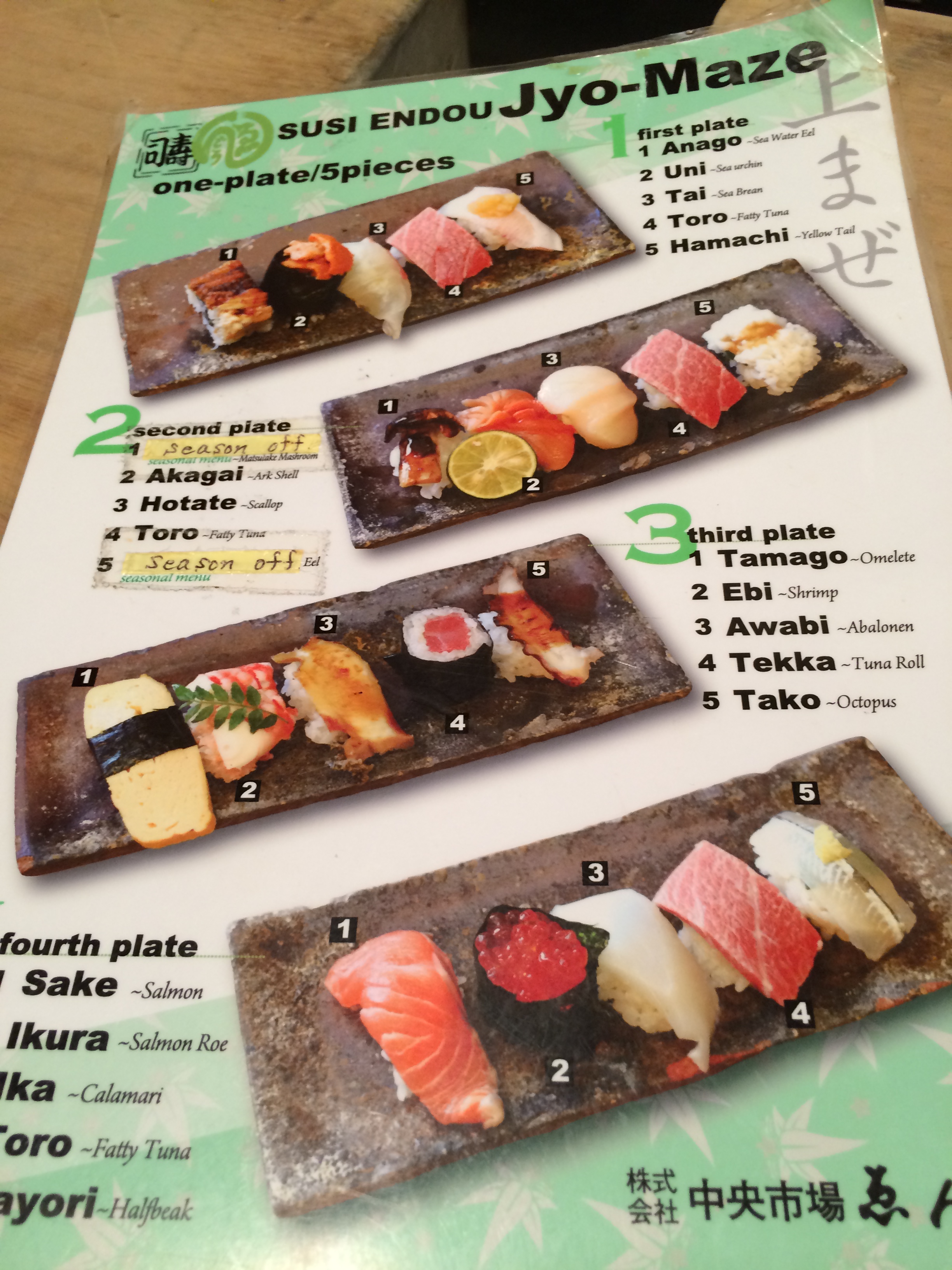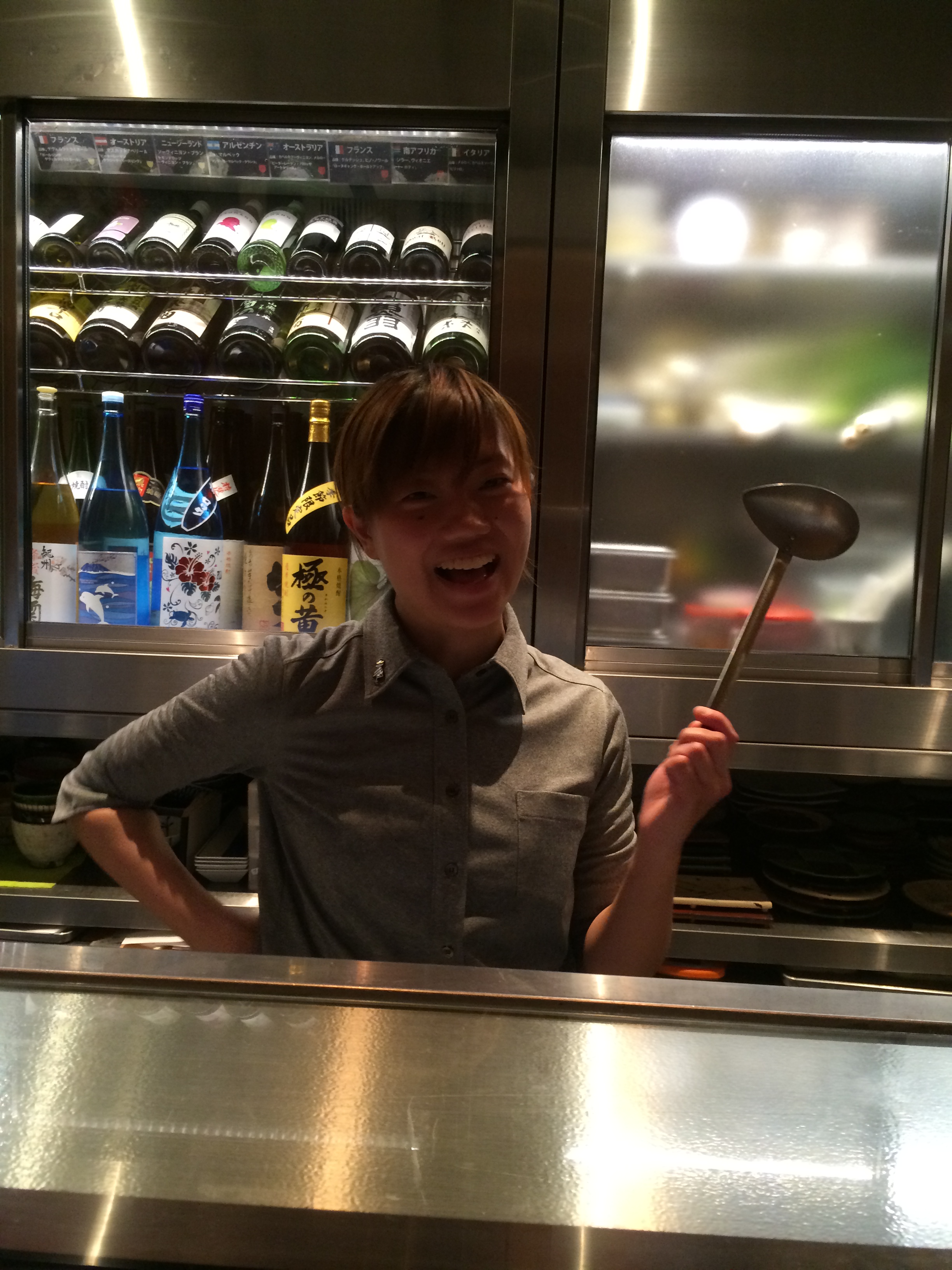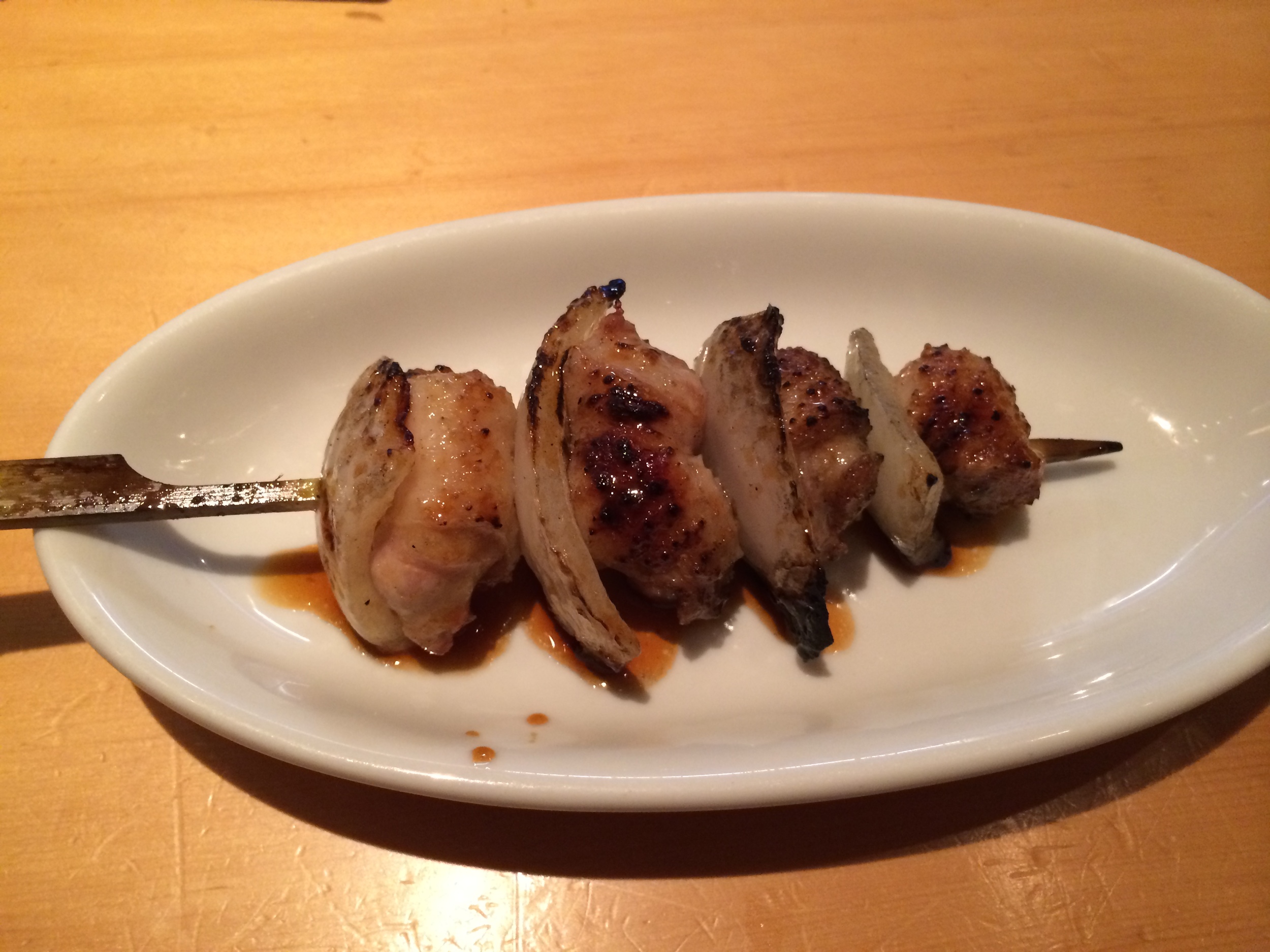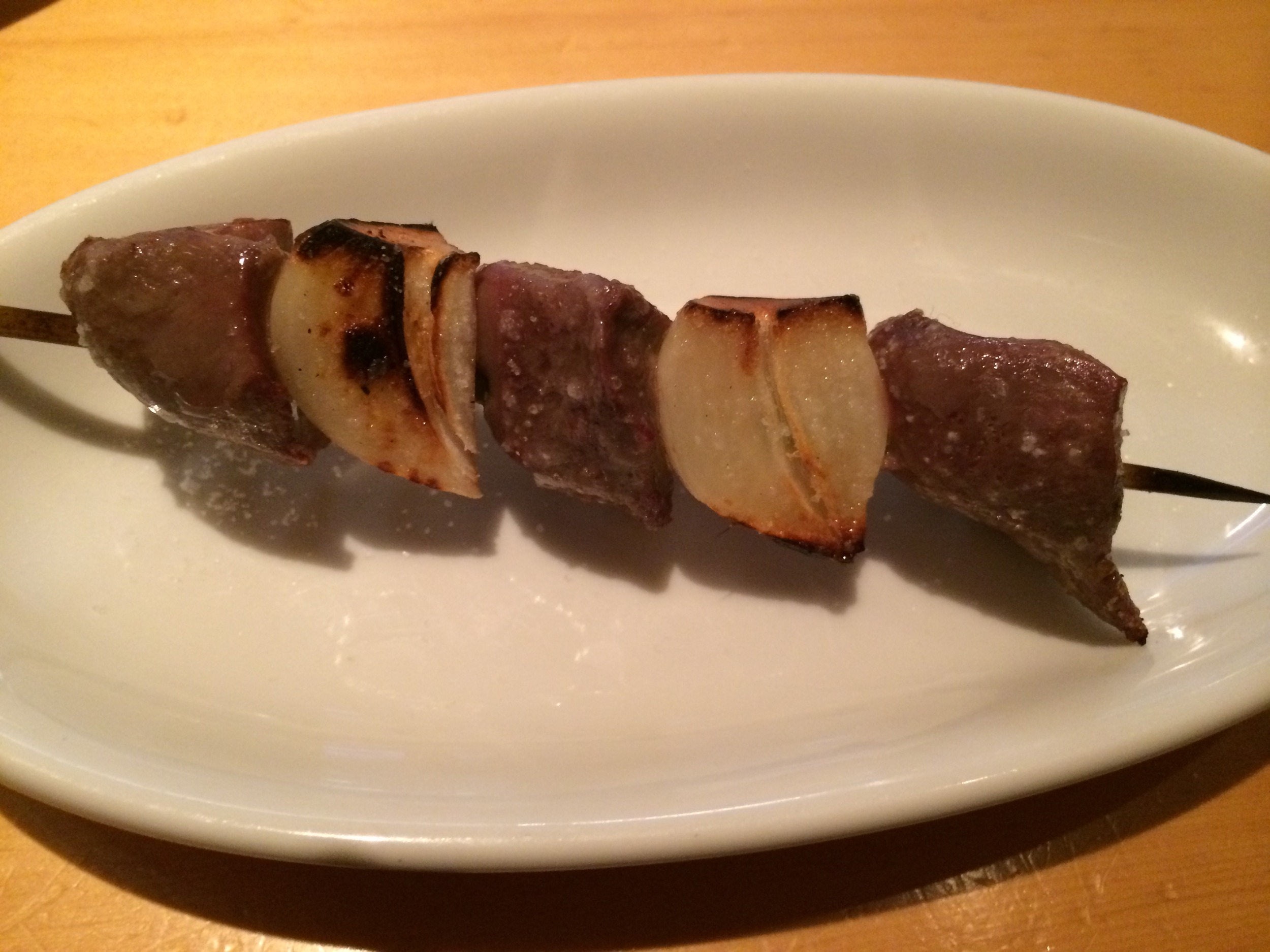The Japanese condition is a fairly curious one. It is too often forgotten that for all of its economic troubles, it is still the third largest economy in the world. For such a tiny strip of land on the pacific coast of Asia, its economic power is nothing but striking. Historians have also gone so far as to categorize Japan as part of the “west”. In many ways, it is nothing like the east (though it uses Chinese characters and has Asian religions). Its culture is so special that it has been a favourite example of business professors in the study of international business (e.g. “Kaizen”). Going there, you notice an isolated island, with little support for English, and a fairly xenophobic country.
View from Kiyomizu Temple, Kyoto
The Japanese are a prideful race. In its history, losers committed suicide. To foreigners, they have a pleasant arrogance. For example, looking lost for a split-second, a Japanese person with no English skills went out of his way for at least a few minutes to lead us to our destination. On multiple occasions, we said we could go alone, but he would not relent. This is not an isolated affair - it happened again and again. One taxi driver took us to the wrong location with no fault of his own (it was our concierge’s fault) and he was dying of embarrassment.
There are many reasons to love the Japanese. To begin, Disney recently purchased the Doraemon, to be dubbed in English. Taiwan declared Hello Kitty to be its city mascot for 2014 and has since put its large pusheen-shaped face on anything and everything. At the International Manga Museum (g: International Manga Museum) reverential manga-lovers sit quietly on stools and read from the troves of manga in its collection. Most of it is just slapstick humour, pointless romance, or “ecchi” (search it up), but some of them have artistic merit. Importantly, the famed Miyozaki recently made his last film, “The Wind Rises”, an animated film for adults about the man who designed planes for Japan in WWII. The controversial subject matter has made it hard to distribute outside of Japan. Kingston had a showing in April – showing the international reach of Japanese culture. The title of the film itself is a direct translation of a French proverb: “le vent se leve, il faut tenter de vivre.” The film carries an uncanny tone of struggle, resilience, and destiny as suggested by this title. Needless to say, the French adopted this film at a much higher rate than did Canada and the U.S. Movie posters with the well-known clear skies and lush greens of Japanese animation were floating around in Paris.
Otagi Nenbutsu-ji near Arashiyama
The Japanese and the French have a lot in common. They are the only two cultures in the world that have a profound respect for food. Many other cultures have great food but only the Japanese and the French treat it as an art form. The French culinary tradition is the most widespread and used by restaurants everywhere in the world. A world without mother sauces, blanching and Bordeaux would have no fine dining to speak of. But for all the fine cuisines that have adopted the French style of cooking, the Japanese have stayed fairly autonomous. However, they still have the same profound respect for food - the artistic endeavour, the personal sacrifice. In particularly, the Japanese master chefs specialize in one particular category of food: sushi, soba, yakitori, etc. They treat rice or noodles like they were expensive ingredients.
Aside from their love and respect for food, they also share similar characteristics. They love their own culture, protecting it from outside influences. In that sense they are relatively xenophobic and arrogant. They also contemplate immensely on life and have much self-awareness. This reflectiveness makes both cultures overly glum. The French are less happy than Ugandans or Uzbekistanis (http://www.economist.com/news/christmas-specials/21591749-bleak-chic). The Japanese have a screamingly high suicide rate.
We touched down in Osaka. Kyoto is only 30 minutes away by a congested train and Tokyo is a 2hr Shinkansen ride away. Osaka was the earliest economic centre for Japan, itself a port city. It gave rise to a strong merchant class that could not spend money on anything but food. The result is a vibrant foodie and drinking culture. Admittedly, there is not too much more to do than eat. The most famous site is the Osaka Castle Park (g: Osaka Castle). Indeed, it is majestic, and rests away from all the hustle and bustle. Nearby is the excellent Osaka Museum of History (g: Osaka Museum of History), for some context.
Endo Sushi
The most vibrant shopping area is Umeda (g: Umeda). Go to Hankyu for a Grand Epicerie to rival that of Paris (g: Hankyu Umeda Main Store). There are many stalls that sell the most beautiful looking food. One well-known spot is 551 Horai, which sells gigantic buns of pork. Unlike the Chinese equivalent, these Japanese buns are sweet. Another heart-clogging treat is a puff pastry stuffed with yellow custard - the Japanese take on the French éclair. For sushi, attend Endo Sushi breakfast near the fish market (g: 中央市場 ゑんどう or search Endo Sushi and pick the one on the river). On one side you can see all the stalls of fish being sold to discerning sushi chefs (and some gruesome remains); on the other, eat that same fish in some of the best sushi in the world. There are four sets to choose from, each about 1000 JPY, and you can order à la carte. The essential Japanese specialty is tuna belly, a melt in the mouth fatty sensation not to be missed.
Matsusakagyu Yakiniku M
For dinner, the nightly festivities occur at Dotonbori. There, you must have street-side Takoyaki - fried octopus balls. Then step into a place that makes fried pancakes (maybe Mizuno, g: 1-4-15 Dotonbori) filled with whatever you want. They’re made in front of you so they’re fun to watch, if not entirely good. The real prize is at Matsusakagyu Yakiniku M (g: Matsusakagyu Yakiniku M), which has a small shop in a minor artery of the Dotonbori. It is the most lavish form of Korean barbecue using Matsuaka beef. Notice Osaka is a stone throw from Kobe. This is the prized beef that drinks beer and gets massages. The result is deliciously marbled cuts of beef, sliced thin like sashimi. You then flash cook it on charcoal to blue rare and savour the bursting flavours. This time we had a sampling (2500 JPY/person) that took us through cuts of loin, shoulder and sirloin. They don’t sound like the best cuts, but on this quality of beef, it doesn’t matter.
There is a budding beer scene in Osaka. Most restaurants will have at least a beer or two on tap. The best bar with many on-tap options and flights, a cool bartender who speaks broken English and the best beer food is Dig Beer Bar (g: 1-12-31 Kyomachibori, Nishi-ku). Certainly get the oysters to go with a flight of dark beers. Afterwards, there are many 24-hr Ramen bars open.
Going to Kyoto is like travelling back in time to find a well-preserved city full of temples, castles and shrines. It’s a fairly small city so the best method of getting around is to rent a bike. Near Kyoto station, where the train arrives from Osaka, you can rent a decent hybrid bike at Fuune for only 800 JPY a day (g: Fuune, otherwise directly north of Rihga Royal Hotel). Notice the culture of trust and honesty. No deposit or ID’s were taken - just my unverified name and hotel. Biking is Kyoto is a free-for-all. Between the sidewalks, bike lanes, and paved streets, join the many bicycle-commuters and wreak havoc amidst the cars and pedestrians. Finally, have the pleasure of acclimating to riding on the left side of the road.
Golden Pavilion
The three main tourist attractions are Kinkaku-ji (g: The Golden Pavilion), Nijo Castle (g: Nijo Castle) and Kiyomizu Temple (g: Kiyomizu-dera). The first is overcrowded, the second is a decent history lesson, the third is a beautiful view on a mountain top. Get that over with and bike to the small village of Arashiyama (g: Arashiyama). It has some splendid views of mountains covered with greenery. Go into the Tenryu temple garden and have lunch cross-legged at Tenryu-ji Shigetsu (g: Tenryu-ji and ask for the restaurant) for some vegetarian fare (3500 JPY/person). Then ride up north through little streets lined with rural buildings. It will evoke the most powerful reminiscences of the Miyazaki films you’ve watched. For me, Totoro and the Wind Rises come naturally. End the peaceful journey with a look at stone statues with all sorts of faces at Otagi Nenbutsu-ji (g: Otagi Nenbutsu-ji). The bike ride back into town is about 50 minutes.
Tenryu-ji Shigetsu
Go to the National Museum of Modern Art (g: National Museum of Modern Art), which has Chagall reproductions and local Japanese modern art, but skip the amateurish Kyoto Municipal Museum of Art (across). There is a huge red gate between the two museums for a customary Kyoto photo with two fingers sticking up. The walk to the nearby subway station along a little canal is relaxing (g: Higashiyama station). It comes with some dessert opportunities too (g: 祇園饅頭工場; or right bank of the canal close to higashiyama). The coolest museum is probably the International Manga Museum (g: International Manga Museum), where you can read from over 10,000 titles collected. Close to the International Manga Museum is the inexpensive Kyoto Design House (g: Kyoto Design House), where cute Japanese style gifts can be found. Some origami paper is a must.
At night, the area near the river close to Gion Shijo station has the stereotypically Japanese sights. Many streets hug the many canals that run off from the river - all very picturesque. For lanterns go to Pontocho-dori (g: Pontocho; go to where the red dots are) - lanterns and for Geishas go to Shirakawa Minami-dori (g: Shirakawa Minami-dori). The best restaurants are also found on tiny streets around this area. For yakitori, there is Wabiya Restaurant (g: Wabiya; choose the one near Sanjo station). In true Japanese fashion, the restaurant seats a row of guests (maybe 8 people) and there are two chefs/servers who also do the entertaining. The restaurant provides the quintessential Japanese after work experience, a little like going to a bar except the chefs do the introductions. I couldn’t tell what they were telling the other people about us except that we are from Canada. These yakatori restaurants put various parts of a chicken on a stick. On the menu were liver, gizzards, neck, skin and breast. In each case the skewers flew right off the grill, exploding in juiciness and flavour (3200 JPY / person).
Wabiya
At Karyo (g: 祇園迦陵 or 570-235 Gionmachi), shoes comes off and ten courses of traditional Japanese food is served. The courses are usually structured as: cold dishes, soup, raw fish, cooked dishes (mains), rice, dessert. The dinner starts on a mediocre note, really taking off with the grilled grunt topped with sea urchin. The fish itself was of the dry and firm type, itself lacking the flavour expertly provided by the unctuous sea urchin. Then a wonderful cut of pork. It is simmered but still full of mouthwatering flavour accentuated by the dollop of “mayo” on top. But perhaps the best part of this was the soft half of eggplant, swimming in the lightly-flavoured broth. The meal dies down again, with few inventive dishes, until the dessert - a wonderful tripartite of Japanese creme brulée, green tea ice cream and sesame cake. Each is interesting in its own right - the creme brulée was wonderfully bitter, the ice cream resembled a sorbet and the sesame flavour popped in the cake. Together, they finished the meal excellently.
Karyo (8000 JPY / person)
1. Eggplant noodles / Grilled sillagnoid / Steamed abalone
2. Japanese soup / tofu made of mugwort / Fried and boiled dagger tooth pick conger
3. Sashimi (Fresh raw fish)
4. ball-shaped sushi
5. Grilled grunt with sea urchin / Butterbur cooked with soy sauce (!)
6. Japanese simmered pork / small taro / small eggplant (!)
7. Tofu of green peas / Asari clam & deep-fried tuna dressed with mustard / common freshwater goby sweented and boiled
8. Fly lobster covered with rice crackers & onion / egg soup
9. Steamed rice
10. Karyo’s original dessert (creme brulée, green tea ice cream, sesame cake)
But the coolest thing in Kyoto takes the idea of modesty and small spaces to the next level. In an attempt to find the inconspicuous bar “Kazu’s”, one must walk down a seemingly deserted alleyway. When the GPS says you’ve reached the destination (g: 309-4 Bizenjima-cho), you see a deserted bar with a guy playing a ukulele. I ask him if he’s Kazu and he points me to the 3rd floor. On the 3rd floor, you might have given up since it looks like someone’s apartment, or a drop off point for illicit dealings. You enter a sign-less door to find a dark candle-lit bar with cracked ceramic floors and flashlights to show the way. Of course it’s tiny. After getting the guts to order a drink (you should definitely do the “Omakase”) you are pleasantly surprised at how perfectly mixed the drink is. It didn’t even taste like it had alcohol in it. One was San Pellegrino blood orange flavoured, another lychee-based. Both were just sweet enough and incredibly refreshing.
Kazu's, Kyoto
The Kansai region is an essential visit for discovering Japan. Just a few hours from Tokyo, this older area combines Japanese sensibilities with a relaxing, old-world charm. Tokyo looks to the future as Kyoto and Osaka look to the past. A striking difference can be seen with bike rentals. Kyoto, the more harmonious, trusting city, took no identification and no deposit. In Tokyo, the large city with a few more charlatans (not many more, as expensive road bikes lay lock-less), a 5000 JPY deposit applied. For the old world songs and greenery of those animated films, go to Kansai. It’s like being transported to another world.
Accessibility: The only sufficient language in Japan is Japanese. Generally, the Romanization of the Japanese writing system (which is composed of Japanese alphabet and Chinese lettering) is sufficient for Google Maps. At times, the actual Japanese must be used, which is indicated in this blog’s Google guides. This Romanization is also used significantly on signs, especially in public transportation. English is not a useful language so access to Google translate is essential. Sim cards can be purchased at select airports. More likely, you will rent a “wifi hotspot device” for about 900 JPY a day at the airport. Taxis are expensive.

























































